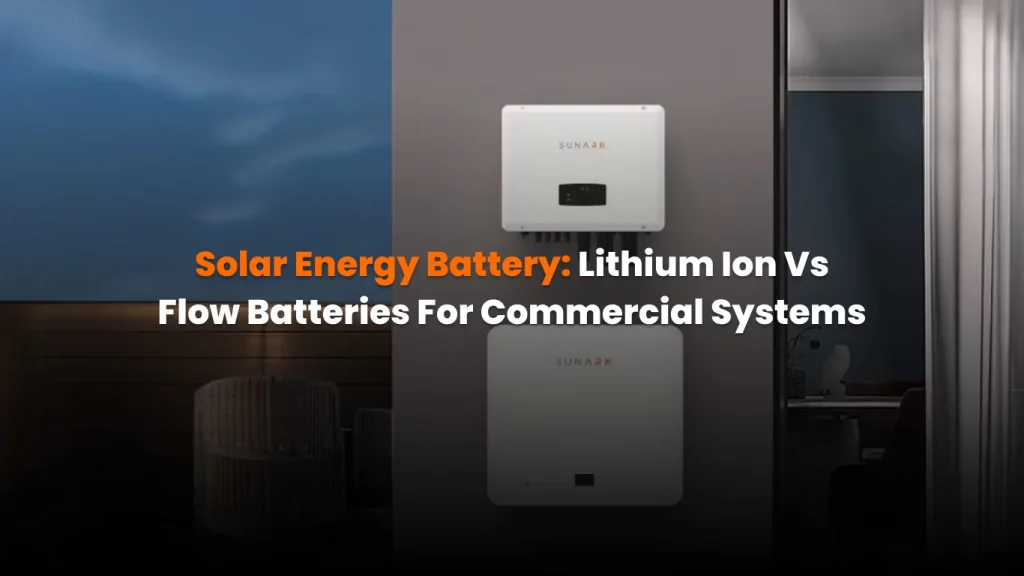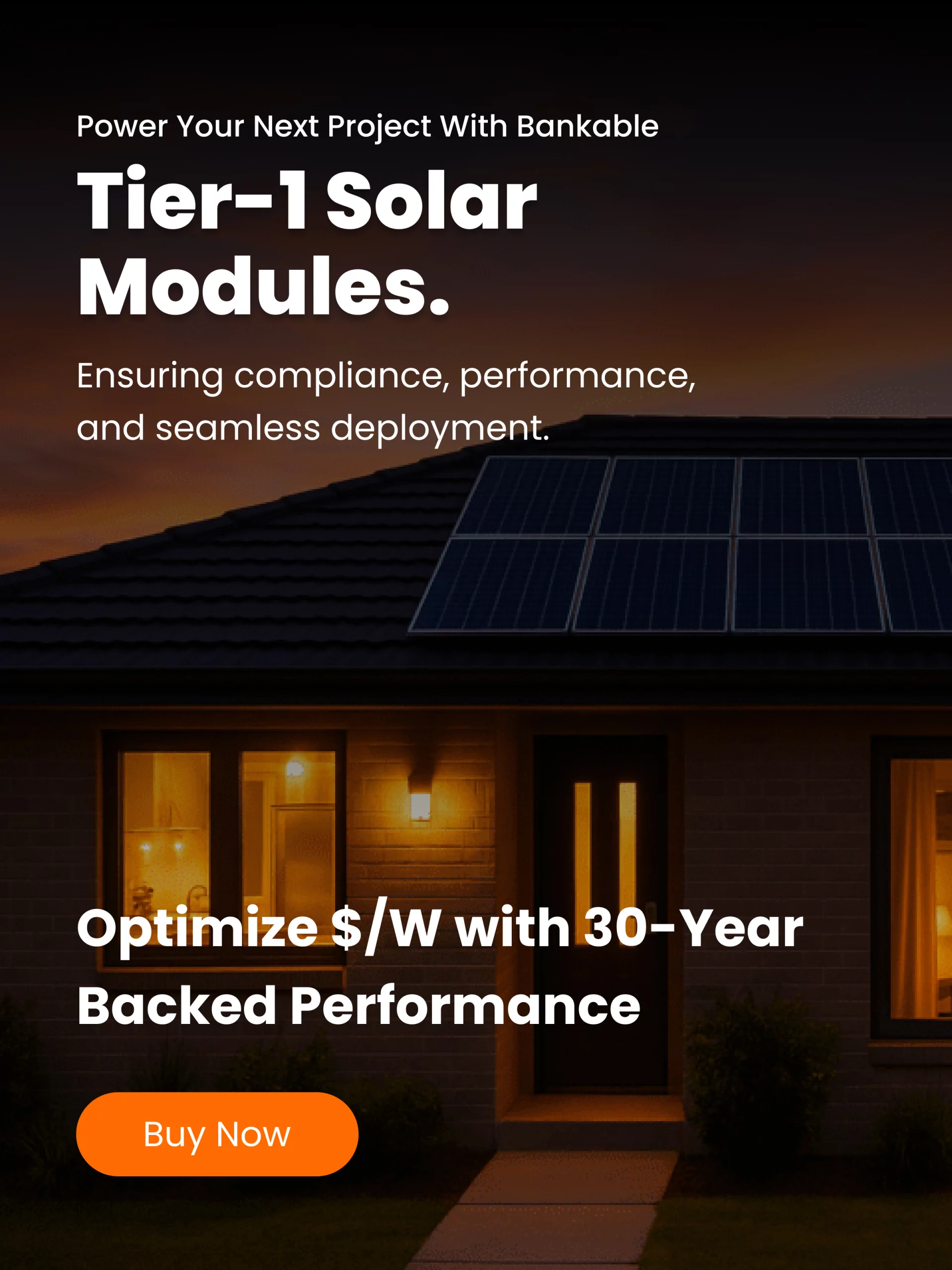Introduction
As commercial electricity prices climb and net metering credits shrink, solar alone rarely maximizes savings. Battery storage lets companies store excess generation and use it later, reducing demand charges and ensuring continuous power. Studies highlight that rising electric bills and changing incentive programs have made the solar energy battery an essential part of business solar systems.
Why Businesses Need Solar Energy Battery Storage
- Peak shaving: Reducing expensive demand charges by discharging during high-use hours.
- Resilience: Backup power to maintain operations during grid outages.
- Energy arbitrage: Charging batteries when rates are low and discharging when rates are high.
- Sustainability goals: Enhances green branding while cutting emissions.
Lithium Ion Batteries for Commercial Solar
Lithium ion technology dominates today’s solar market. Its high energy density, compact footprint, and falling costs have made it the standard choice for most businesses.
Key facts:
- Energy density: 150–250 Wh/kg, allowing compact installations.
- Cycle life: 4,000–8,000 cycles depending on depth of discharge.
- Round-trip efficiency: 90–95 percent.
- Costs: As low as $150–$300 per kWh installed.
Advantages:
- Compact footprint.
- Proven supply chain and reliability.
- Compatible with most inverters.
Limitations:
- Safety concerns (thermal runaway risk).
- Degradation in very hot or cold climates.
- Recycling challenges.
Flow Batteries for Commercial Solar
Flow batteries store energy in liquid electrolytes pumped through cells. They are less common but increasingly attractive for long-duration storage.
Key facts:
- Energy density: 20–50 Wh/kg.
- Cycle life: 10,000–20,000 cycles with minimal degradation.
- Round-trip efficiency: 70–85 percent.
- Costs: $400–$800 per kWh, though prices are expected to decline.
Advantages:
- Exceptional durability and long cycle life.
- Safer chemistry with no risk of thermal runaway.
- Scalable capacity — simply add larger tanks for more storage.
Limitations:
- Lower energy density means larger physical footprint.
- Higher upfront costs.
- Less mature supply chain.
Comparison Table
| Feature | Lithium Ion | Flow Battery |
|---|---|---|
| Energy Density | 150–250 Wh/kg | 20–50 Wh/kg |
| Cycle Life | 4,000–8,000 cycles | 10,000–20,000 cycles |
| Efficiency | 90–95% | 70–85% |
| Cost per kWh | $150–$300 | $400–$800 |
| Safety | Risk of overheating | Very safe, no thermal run |
| Footprint | Compact | Requires more space |
Sizing a Solar Energy Battery for Business
Battery sizing depends on load profile, desired backup duration, and financial goals.
- Typical sizing ratio: 1 to 2 kWh of storage per kW of solar.
- Backup requirements: Critical loads like servers may require 4–8 hours of autonomy.
- Peak shaving: Often sized to cover 1–2 hours of maximum demand.
- NREL guidance: Commercial storage systems typically range from 100 kW / 200 kWh to multi-MW scale.
Integration with Inverters
Batteries must connect seamlessly with inverters. Two main configurations exist:
- DC-coupled systems: More efficient because solar feeds directly into the battery, but less flexible for retrofits.
- AC-coupled systems: Easier to retrofit and allows independent control of battery and solar, though with slightly lower efficiency.
Lithium ion batteries are widely supported by hybrid inverters. Flow batteries are increasingly being designed with inverter compatibility in mind, particularly for large commercial microgrids.
Choosing the Right Technology
- Lithium ion is best for businesses with limited space, frequent cycling needs, and shorter payback expectations.
- Flow batteries are ideal for operations needing long-duration backup, high cycling without degradation, or where safety and lifespan outweigh footprint.
Conclusion
The choice of solar energy battery will shape a business’s long-term energy resilience and cost savings. Lithium ion continues to dominate thanks to efficiency and compact design, while flow batteries are emerging as a promising long-life option. Careful sizing and inverter integration ensure that whichever technology a business chooses, it maximizes the return on its solar investment.




